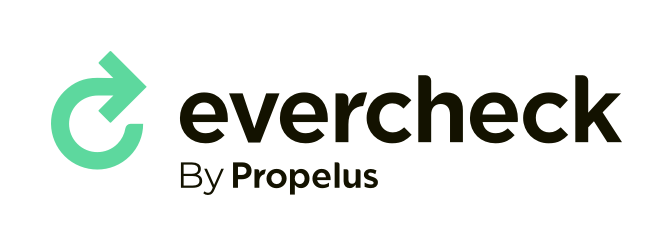License Verification
In healthcare, primary source verification refers to the verification of an applicant or employee’s state or federally required license, certification, or registration with the licensing authority or its designated agent. The Joint Commission, a leading accrediting body to health care organizations and programs throughout the US, requires that primary source verification is performed at a minimum at hire and at the time of renewal. It also requires that the practitioner’s license remain in good standing throughout the course of their employment and while providing patient care.
Verifications may be performed via mail, secure electronic communication, or by phone directly from the issuing authority which has granted the individual a license to practice.
Implications
At the forefront of all healthcare organizations is patient safety, and primary source verification is one way to accomplish this mission. There have been documented incidents where unqualified, unlicensed individuals pose as healthcare professionals. Practicing medicine without a license is illegal in all states, and practitioners can face both criminal and civil penalties for it. Placing the responsibility of license verification in the hands of healthcare organizations who contract with or employ caregivers helps to safeguard the public against individuals practicing medicine who are illegitimate and unqualified.
Moreover, it’s common industry-practice for healthcare providers to complete continuing education courses as a requisite to renewing their licenses. This ongoing learning helps ensure that patients are receiving high-quality care.
Traditional Methods
Healthcare organizations are required to primary source verify according to the requirements set forth by their accrediting agency, such as the Joint Commission, DNV GL, or HFAP. A common standard is to require verification at the time of hire and at time of renewal.
Primary source verification is commonly a function of Human Resources or other administrative professionals. Traditionally, verifications are performed via a manual license look-up process. Many state boards and other primary sources have electronic databases with license/certification/registration information accessible via a secure website. Others haven’t yet migrated to a digital infrastructure. In these cases, verification is possible via phone, fax, or written correspondence.
During a regulatory survey, a surveyor may ask for the hospital or facility to provide proof of the verifications performed. In these instances, hospital representatives must provide evidence of the verification for the caregiver, including the date(s) the verification took place.
Best Practices
Outsourcing
Credentials verification organizations (CVOs) are organizations that verify healthcare licenses, certifications, and registrations on behalf of healthcare organizations. CVO’s are usually considered a cost-effective solution for primary source verification and may help centralize the process across many departments or facilities.
If healthcare human resource teams find traditional primary source verification time-consuming and decentralized, contracting a CVO may be a viable option.
Automation
Some CVOs have the ability to automate license verifications. This is typically done through an interface with the primary source or with a daily licensure file directly from the primary source. The verifications are performed electronically and require little manual intervention if any at all.
There are advantages to automating the primary source verification process, including:
- Economics - Rather than having staff visit board websites one-by-one for every license for applicants at hire or employees during renewal periods, automation can verify all eligible licenses and certifications automatically.
- Mitigating Risk - Verifications can be performed at a much higher frequency with automation than with manual methods. On average, a primary source verification performed manually may take anywhere from 3-5 minutes. With automation, verification happens in seconds, allowing for a higher volume and faster processing. This reduces risk while fulfilling compliance requirement.
Choosing a CVO
Choosing the right CVO depends on your organizations’ size, budget, and circumstance. However, there are some general questions that should be asked regardless.
- How often does the CVO verify with the primary source?
- Does the CVO provide me with a copy of the primary source verification?
- Does the CVO provide automated primary source verification or are they performing the verifications manually?
- Where verification cannot be automated, does the CVO provide an option for manual verification?
- Does the CVO provide any sort of aggregate data reporting and analytics?
- What other features or services does the CVO provide that complement the service?
Summary
Primary source verifying healthcare licenses is an essential component of patient safety and one that healthcare organizations cannot avoid. Although regulation requires verifications to be performed at hire and at renewal, a best practice approach is to verify as often as possible so no important changes are missed. CVOs are organizations deemed suitable to provide primary source verification services to the healthcare industry, and they can save organizations time and resources by outsourcing and automating this function.
EverCheck, a leading provider of primary source verification automated services, partners with nearly 400 hospitals and health systems across the country. Click here for a closer look at the EverCheck HR solution.

